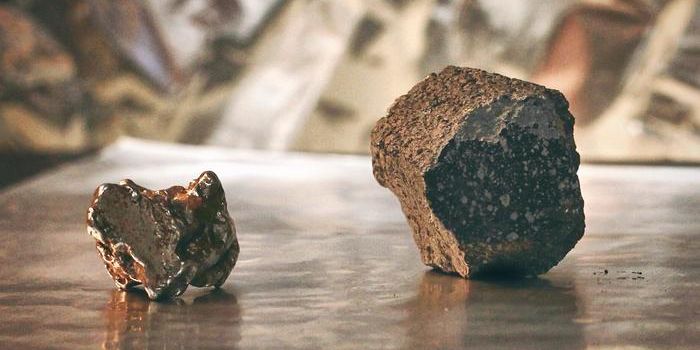Mars 2020 Rover Gets the Spin Table Treatment
NASA plans to launch the Mars 2020 rover mission by July 2020, a move that should spell out a February 2021 landing. But before the rover is ready for launch, there are few finishing touches that the team needs to add to ensure proper landing and function when it finally arrives at the red planet.
It was only a couple of weeks ago that engineers at NASA’s Jet Propulsion Laboratory attached a fully autonomous drone-like helicopter to the rover’s chassis, but more recently, engineers at JPL have placed the assembled 2,300-pounch chassis on a spin table to rotate it back and forth.

Image Credit: NASA/JPL-Caltech
It may seem like a pointless endeavor to the untrained eye, but this process is actually rather important to rover-centric missions. By rotating the assembled chassis back and forth like this, engineers at JPL can ascertain the Mars 2020 rover’s center of gravity and improve it by adding metal weights to ensure stability when the rover lands on the Martian surface.
Related: The Mars 2020 rover will sport 20/20 vision
"The spin table process is similar to how a gas station would balance a new tire before putting it on your car," elucidated Lemil Cordero, one of the engineers who worked with the Mars 2020 rover during the balancing act.
"We rotate the rover back and forth and look for asymmetries in its mass distribution. Then, similar to your gas station putting small weights on the tire's rim to bring it into balance, we'll put small balance masses on the rover in specific locations to get its center of gravity exactly where we want it."
Related: Here's how the Mars 2020 mission is progressing so far
After approximating the chassis’ center of gravity, JPL engineers performed a few mathematical calculations and identified where it needed improvement. In a public statement, NASA said that 44 pounds’ worth of tungsten weights were then added to the bottom of the rover to make it more bottom-heavy, as a top-heavy rover would be unstable as it falls from the sky.
It’s worth noting that this was just a preliminary spin test. A second spin test will purportedly occur next Spring at a second location just before the rover is set to launch. This will ensure that any changes to the Mars 2020 rover between now and then retain the ideal center of gravity and that there weren’t any errors the first time.
Source: NASA








